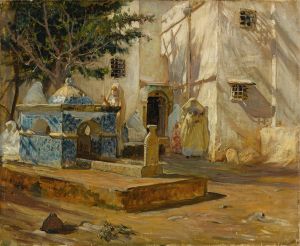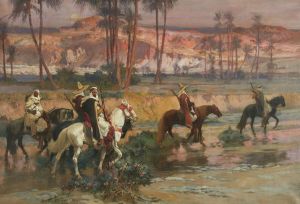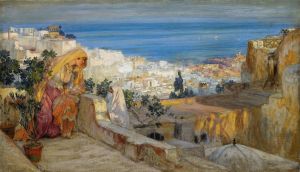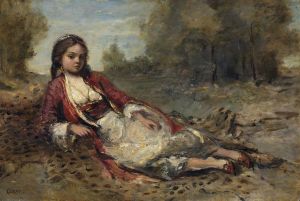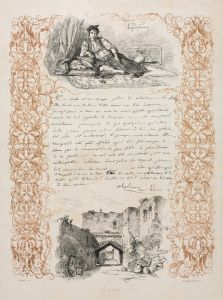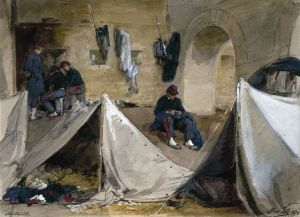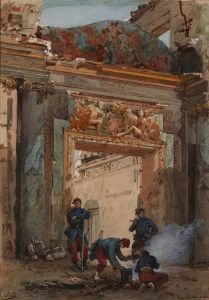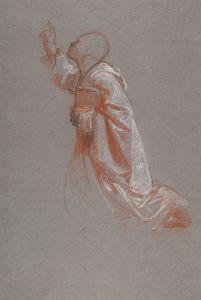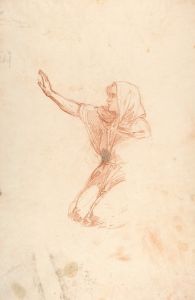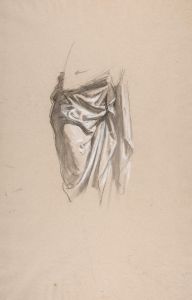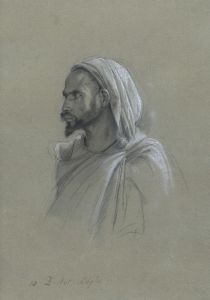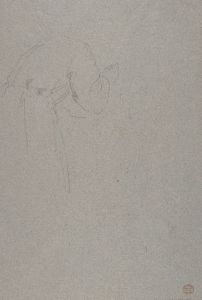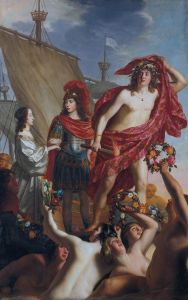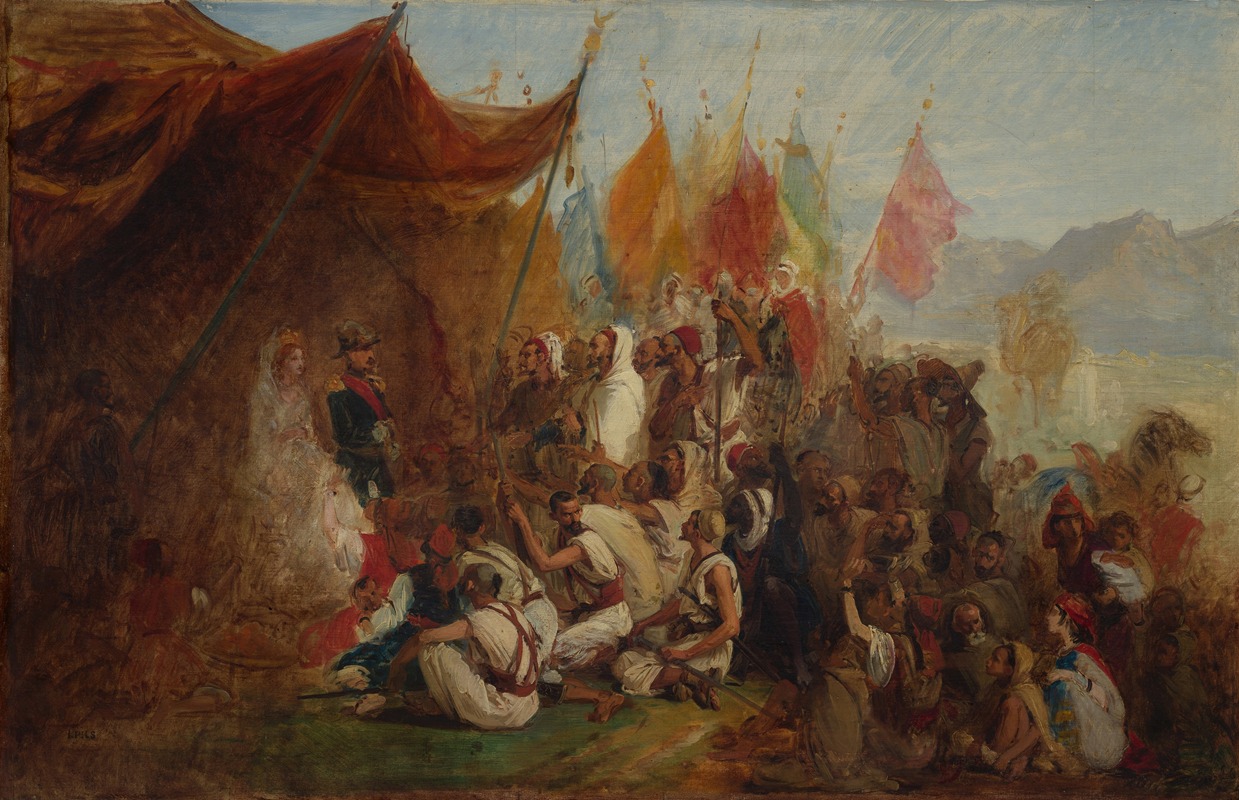
Sketch for ‘Reception of Emperor Napoleon III and Empress Eugénie by the Kabyle Leaders at Algiers on September 18, 1860’
A hand-painted replica of Isidore Pils’s masterpiece Sketch for ‘Reception of Emperor Napoleon III and Empress Eugénie by the Kabyle Leaders at Algiers on September 18, 1860’, meticulously crafted by professional artists to capture the true essence of the original. Each piece is created with museum-quality canvas and rare mineral pigments, carefully painted by experienced artists with delicate brushstrokes and rich, layered colors to perfectly recreate the texture of the original artwork. Unlike machine-printed reproductions, this hand-painted version brings the painting to life, infused with the artist’s emotions and skill in every stroke. Whether for personal collection or home decoration, it instantly elevates the artistic atmosphere of any space.
"Sketch for ‘Reception of Emperor Napoleon III and Empress Eugénie by the Kabyle Leaders at Algiers on September 18, 1860’" is a painting by the French artist Isidore Pils. This work is a preparatory sketch for a larger, more detailed painting that depicts a significant historical event during the reign of Napoleon III.
The painting captures the moment when Emperor Napoleon III and Empress Eugénie were received by the Kabyle leaders in Algiers on September 18, 1860. This event took place during the couple's state visit to Algeria, which was then a French colony. The visit was part of Napoleon III's broader policy to strengthen French influence in North Africa and to promote the idea of a "Greater France" that included its overseas territories.
Isidore Pils, known for his historical and genre paintings, was commissioned to create this work to commemorate the event. The sketch shows the Emperor and Empress in a ceremonial setting, surrounded by the Kabyle leaders who are dressed in traditional attire. The composition reflects the formal and diplomatic nature of the encounter, highlighting the cultural exchange and the political significance of the meeting.
The Kabyle people, an ethnic group indigenous to the Kabylie region in northern Algeria, played a crucial role in the local resistance against French colonization. Their leaders' reception of the French Emperor and Empress was a moment of political importance, symbolizing a temporary truce and a gesture of diplomacy.
Pils' sketch is characterized by its detailed portrayal of the figures and the setting, capturing the grandeur and the solemnity of the occasion. The artist's attention to detail in the costumes and the expressions of the figures helps convey the historical and cultural context of the event.
The larger, finished painting based on this sketch was intended to be part of a series of works celebrating the achievements and events of Napoleon III's reign. Pils' work was well-received in his time, and he was recognized for his ability to depict historical scenes with accuracy and artistic skill.
Today, the sketch serves as an important historical document, providing insight into the French colonial period in Algeria and the interactions between the French rulers and the local leaders. It also reflects the broader themes of power, diplomacy, and cultural exchange that were prevalent during the 19th century.
Isidore Pils' contribution to historical painting is significant, and his works continue to be studied and appreciated for their artistic and historical value. The "Sketch for ‘Reception of Emperor Napoleon III and Empress Eugénie by the Kabyle Leaders at Algiers on September 18, 1860’" remains a notable example of his skill in capturing pivotal moments in history through art.





